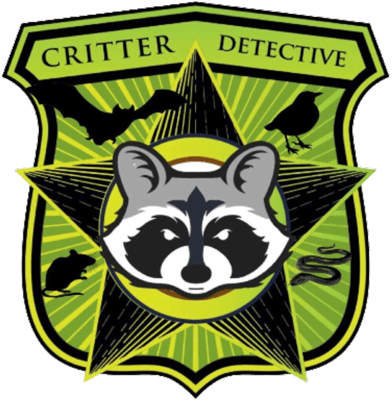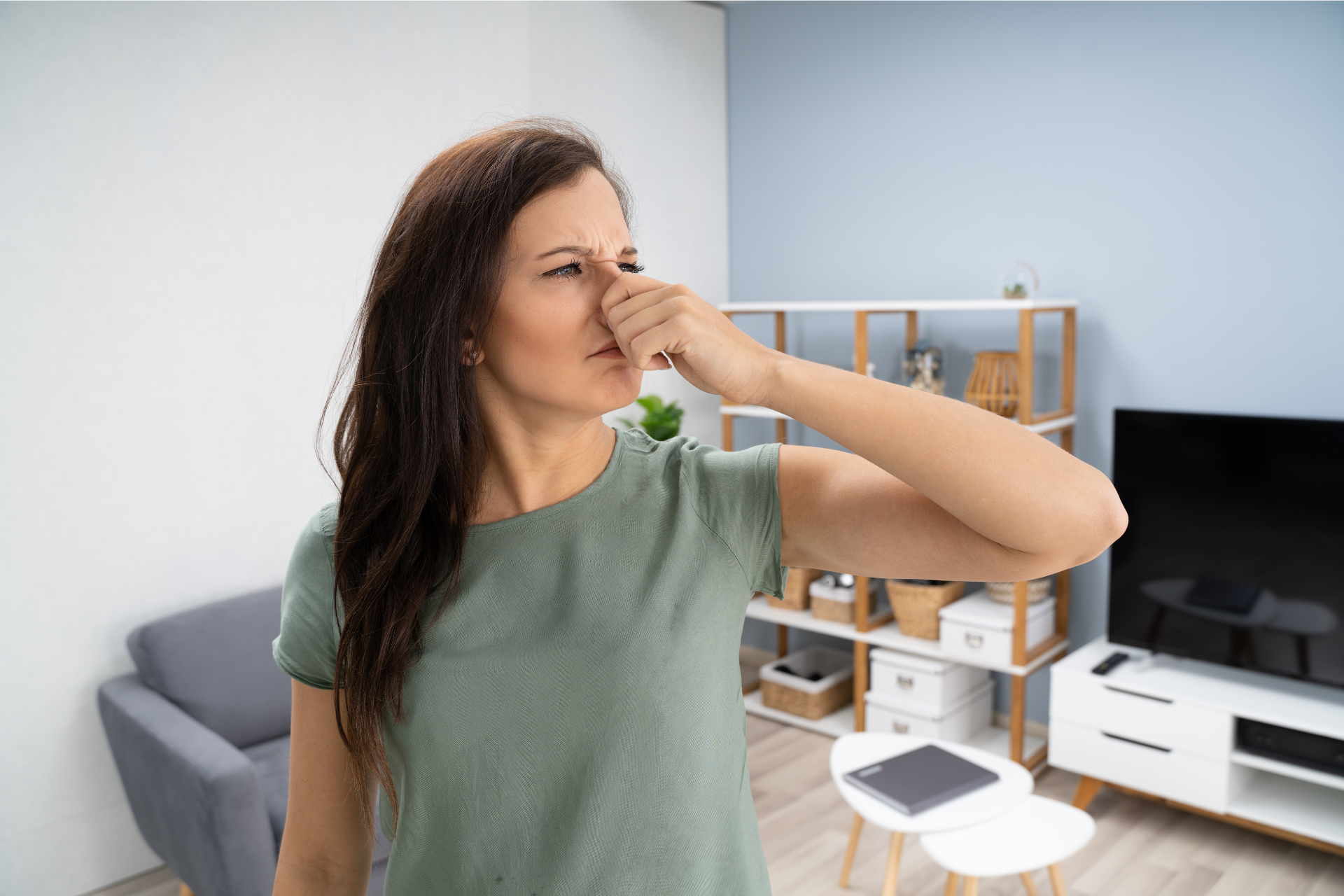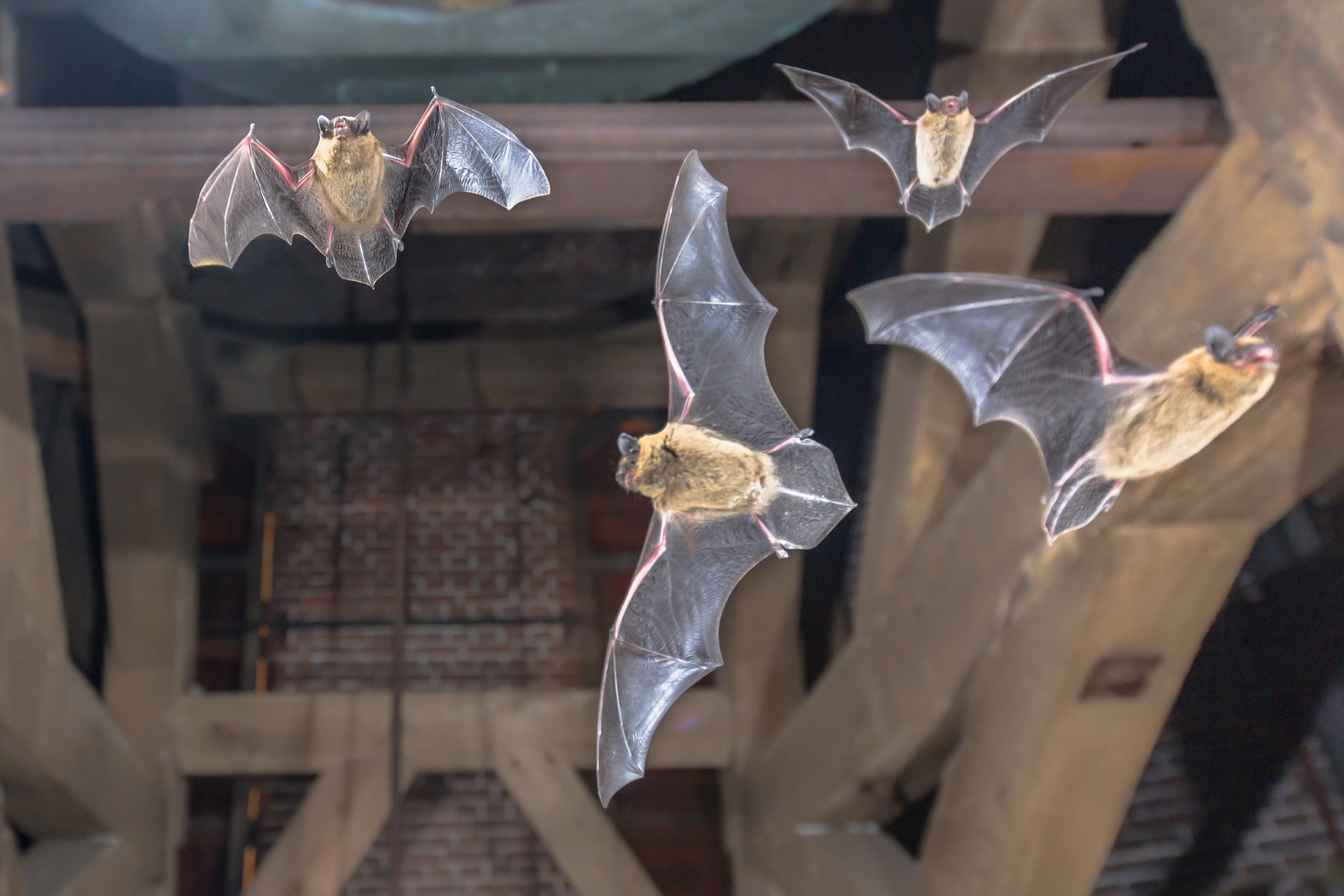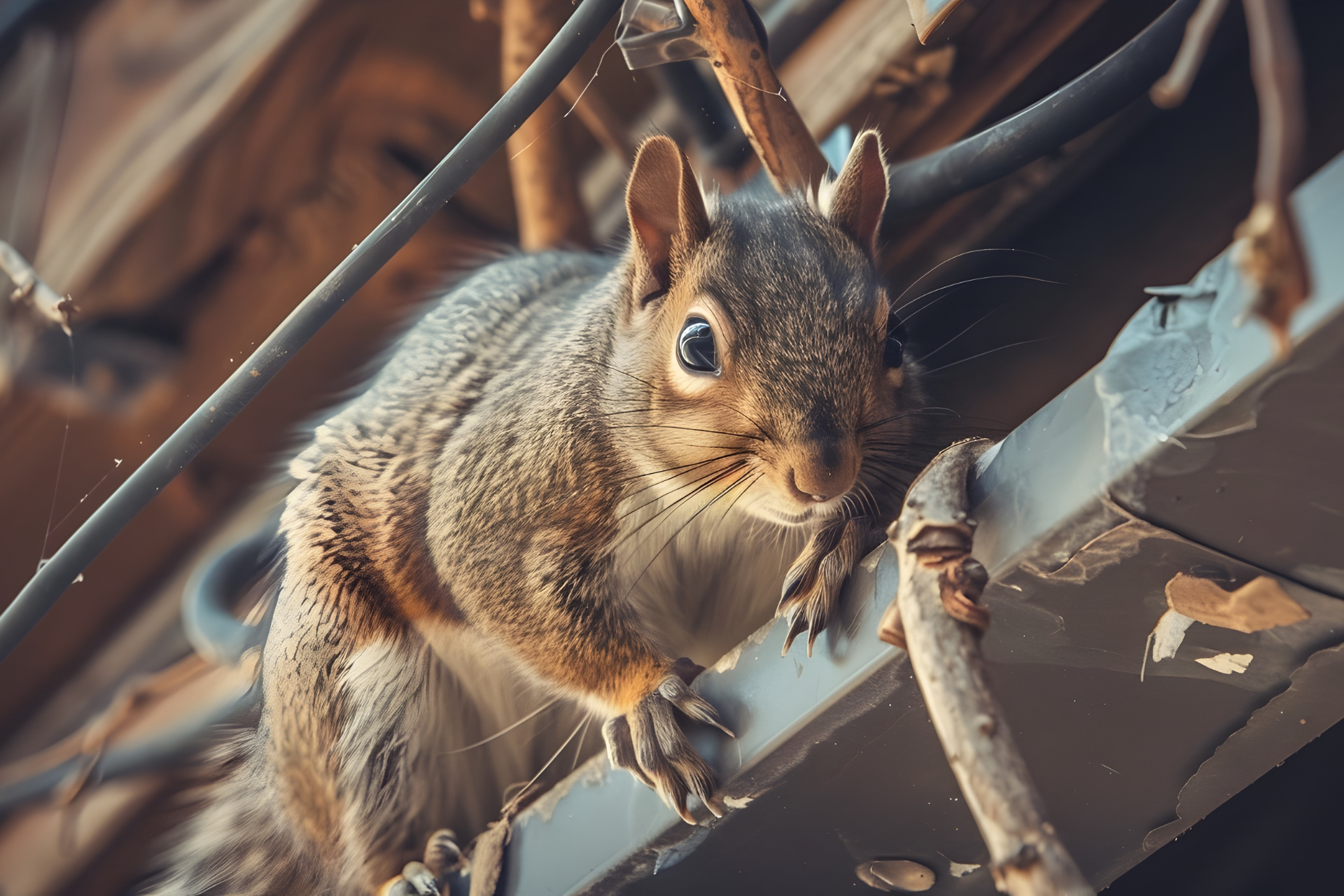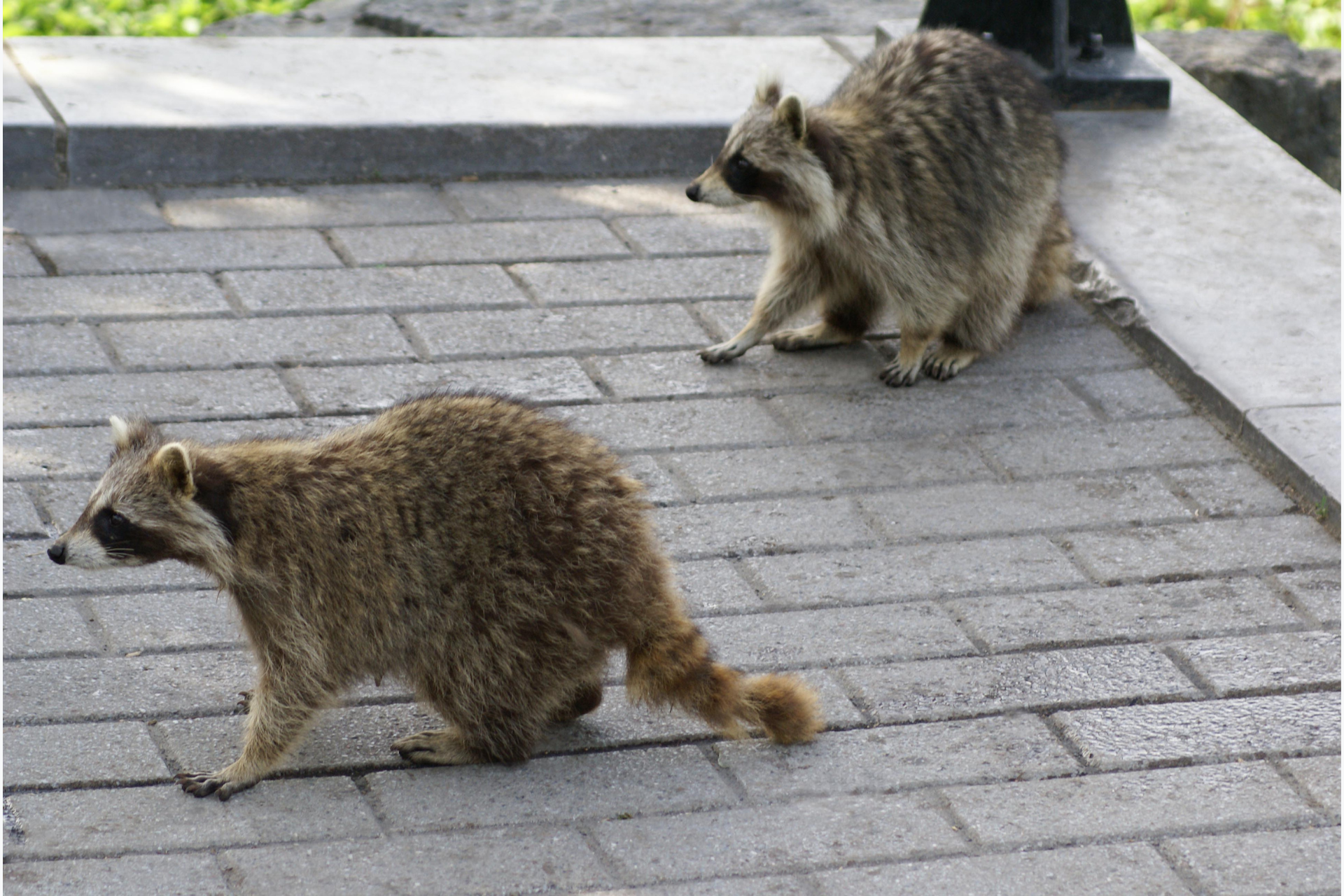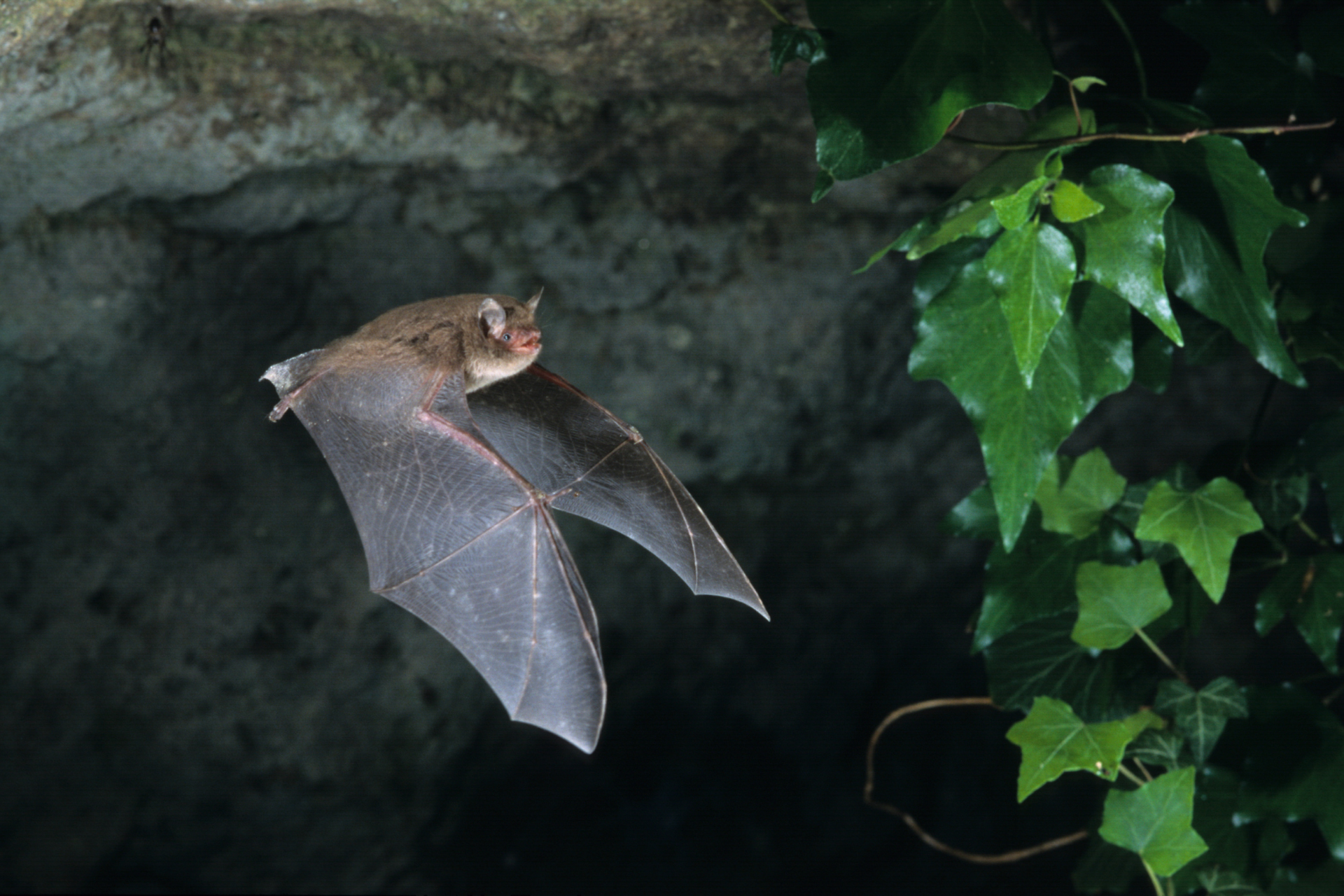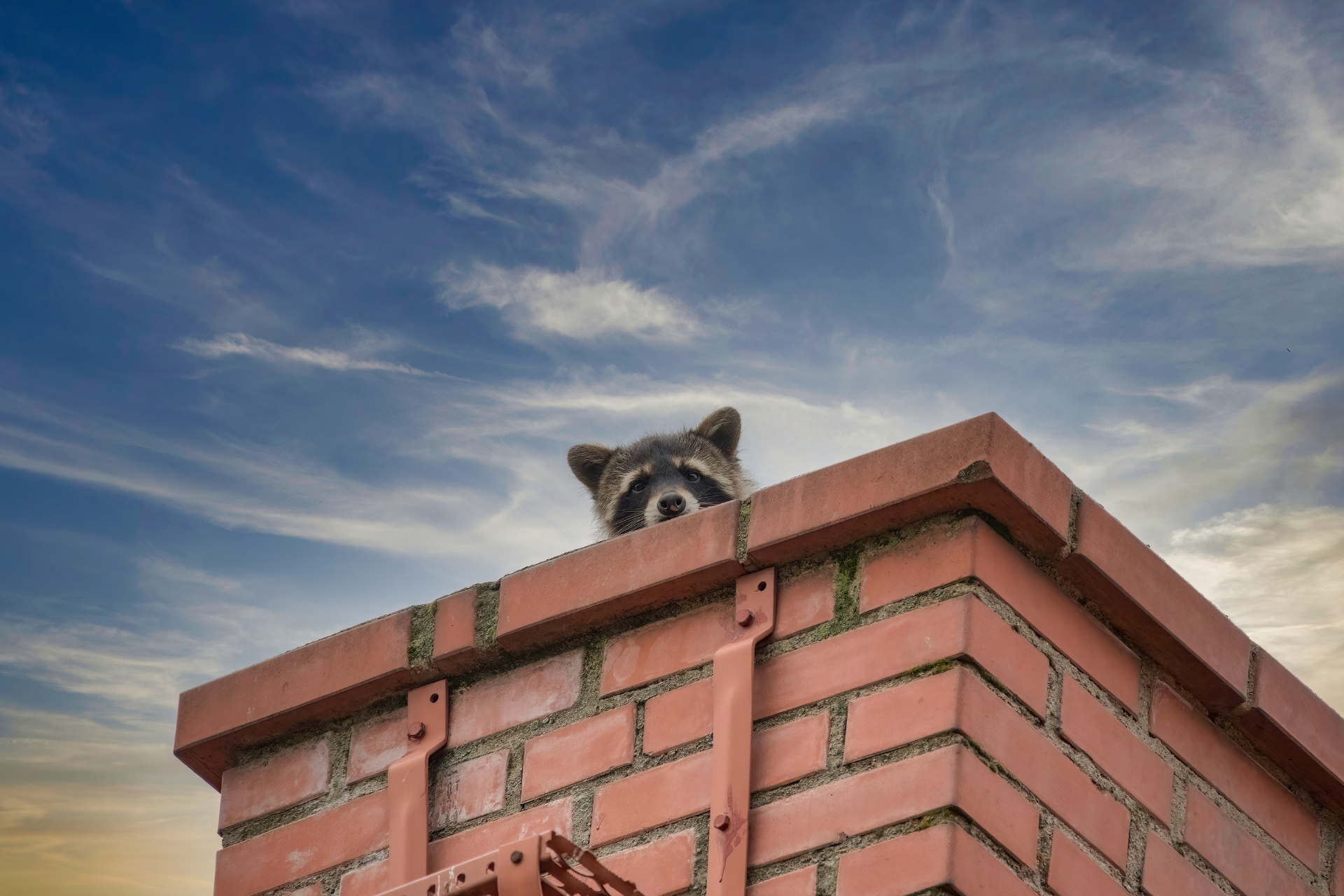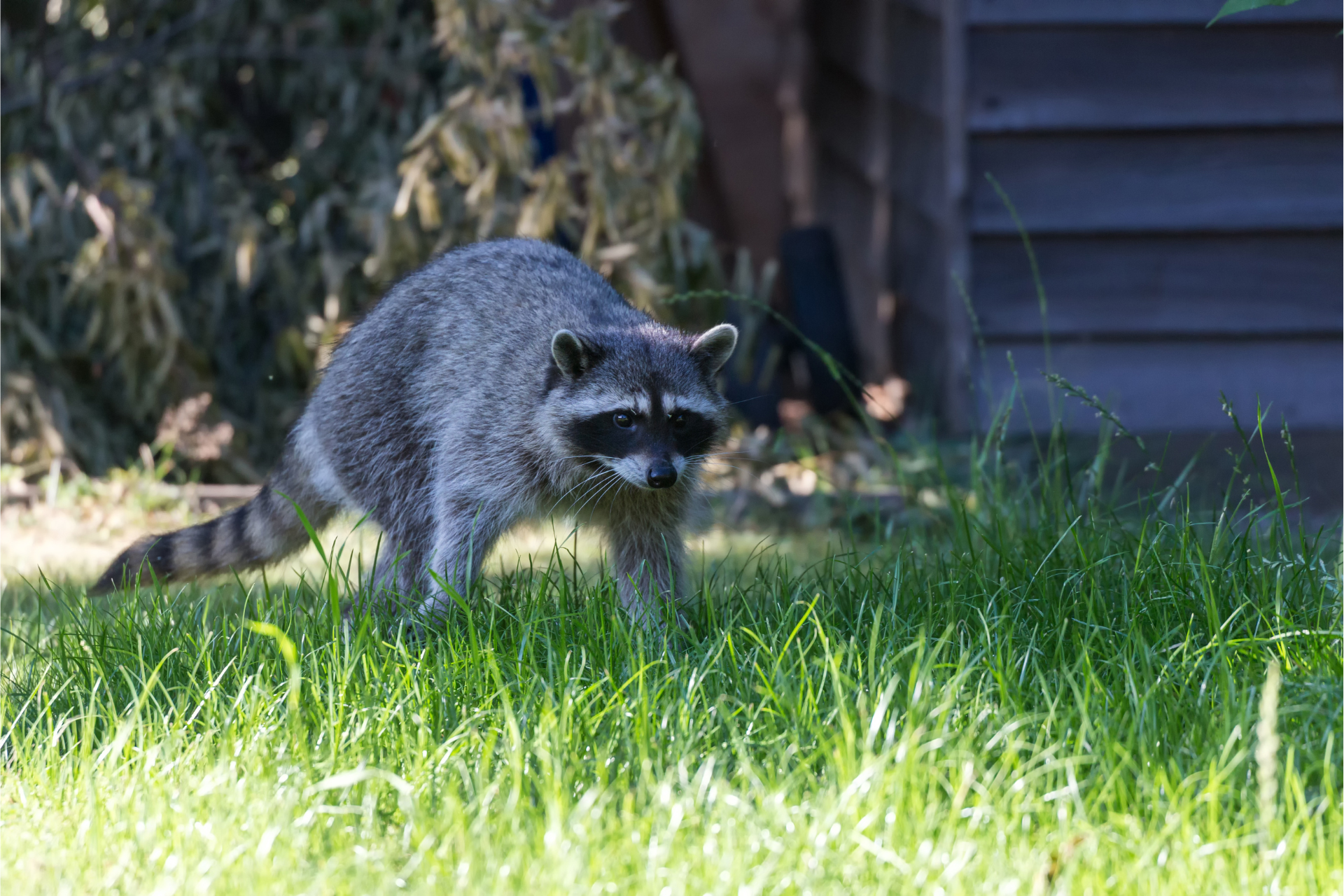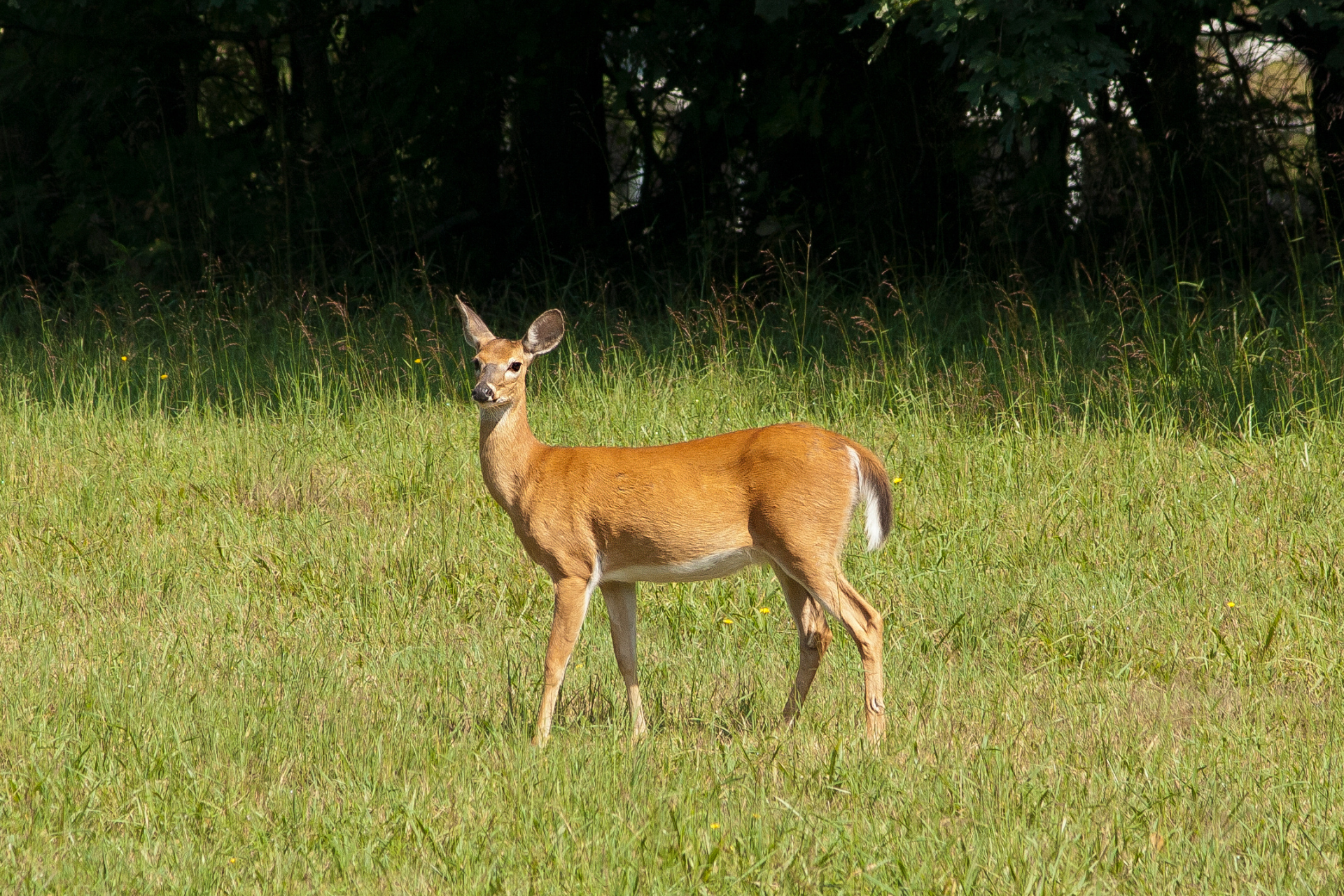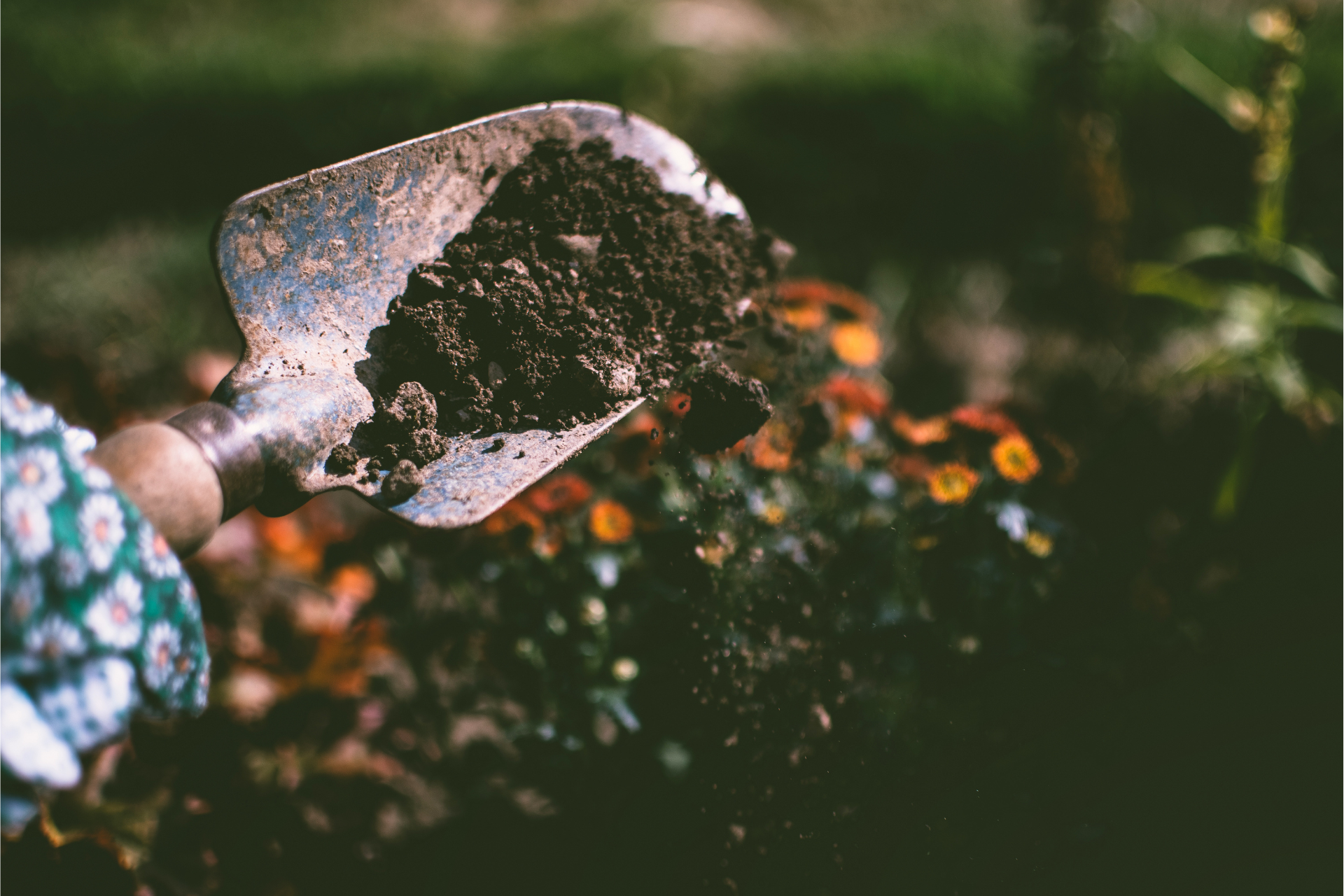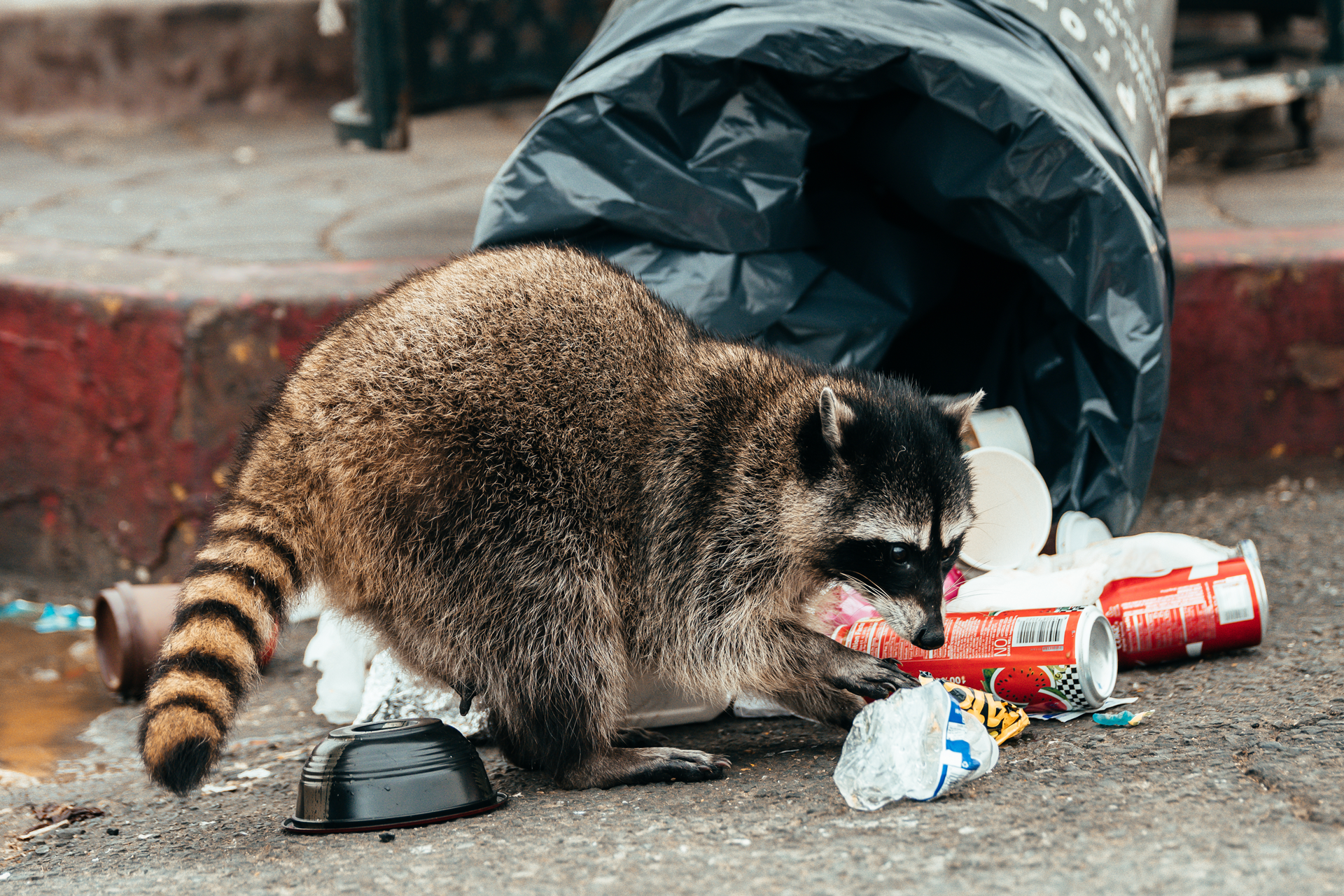Nuisance Animals That Are Adapting To City Life
How Wildlife Is Adapting To City Life
The expansion of urban environments has brought a unique dynamic between humans and wildlife. As cities grow and encroach on natural habitats, many species of wildlife have not only adapted to urban settings but are thriving in them. These adaptable creatures have learned to navigate the complexities of city life, making use of everything from discarded food to hidden nooks in buildings. Their presence is a testament to their resourcefulness and resilience, and for some, observing these animals in the wild corners of urban areas can be an intriguing reminder of nature’s persistence. However, their ability to thrive in cities comes with significant implications for residents and property owners, as it often leads to a collision of human and animal needs.
While these creatures can be fascinating to watch, their interactions with residential properties frequently create challenges. Animals like raccoons, squirrels, and rats have become experts at exploiting urban resources, often finding shelter in attics, basements, or under porches. Their ingenuity in adapting to human environments sometimes results in costly damage to homes, contamination of food supplies, and even potential health risks. Urban wildlife often blurs the line between admiration and inconvenience, making it essential for communities to find effective ways to manage their presence while minimizing harm to both humans and animals.
The Resilience Of Urban Wildlife
Urban areas are ecosystems of their own, teeming with opportunities for animals that can adapt to human presence. Nuisance animals such as raccoons, squirrels, and pigeons have become experts at navigating the unique landscape of cities, exploiting every resource to their advantage. The abundance of trash, leftover food, and warm, protected spaces creates an ideal environment for these creatures to thrive. Far from being accidental intruders, these animals have developed sophisticated behaviors to flourish in an urban setting, blending into the rhythm of city life.
Raccoons, for instance, have become iconic examples of urban adaptability. They are resourceful scavengers, capable of opening trash cans, raiding bird feeders, and even breaking into attics or crawl spaces to create a cozy shelter. Squirrels, on the other hand, use the interconnected canopy of urban trees and power lines to navigate effortlessly through neighborhoods. They often find entry points into homes through chimneys, vents, or damaged roofing to establish nests. These animals demonstrate remarkable ingenuity, transforming urban environments into thriving habitats. Their increasing populations in cities highlight not only their survival skills but also the challenges of balancing coexistence with protecting residential properties from their impact.
Common Nuisance Animals In Urban Areas
Several wildlife species have become synonymous with city life. Rats and mice, for instance, are drawn to urban areas due to the constant availability of food and warmth. They infiltrate homes, restaurants, and office buildings, leaving behind damage and unsanitary conditions. Their ability to breed quickly exacerbates the problem, turning a small infestation into a larger one seemingly overnight.
Pigeons are another iconic urban dweller. Found perched on buildings and bridges, they are often considered a nuisance due to their droppings, which can corrode structures and create health risks. Beyond pigeons, other birds like crows and seagulls have learned to scavenge in cities, often competing with humans for resources.
Even larger animals such as coyotes and deer are becoming more common in suburban neighborhoods, adapting to urban sprawl. These animals pose unique challenges, such as the risk of car accidents or interactions with pets. Their presence highlights the complexity of balancing urban expansion with wildlife conservation.
How Wildlife Interacts With Residential Properties
Homes are particularly appealing to nuisance animals because they provide shelter, food, and safety from predators. Raccoons and opossums often take up residence in attics, basements, or under porches, where they can safely nest and raise their young. Squirrels chew through wooden beams or siding to create entry points, leading to costly structural damage.
Rodents like mice and rats frequently invade kitchens and storage areas, chewing through food packaging and electrical wiring. This not only creates a mess but also poses fire hazards and contamination risks. Birds can build nests in gutters, vents, or even chimneys, blocking airflow and causing water damage during rains.
These interactions aren’t just inconvenient; they can also threaten the health and safety of residents. Many nuisance animals carry diseases, parasites, or bacteria that can spread to humans or pets. The longer an infestation is left unchecked, the greater the potential for damage and health risks.
Why Urban Wildlife Thrives
The success of nuisance animals in urban settings can be attributed to their adaptability and resourcefulness. Cities provide a consistent food supply through waste and improperly stored garbage. Additionally, urban areas offer fewer natural predators, allowing these animals to thrive with reduced threats.
The abundance of hiding spots also contributes to their success. From abandoned buildings to overgrown yards and drainage systems, urban environments are full of nooks and crannies where wildlife can seek refuge. Human behaviors, such as feeding stray animals or leaving pet food outside, inadvertently encourage wildlife to settle in residential areas.
The ability of these animals to learn and adjust to their surroundings is another key factor. Over time, they develop behaviors specifically suited to urban living, such as raccoons opening locks or pigeons navigating busy streets to find food. This adaptability makes it challenging to manage their presence without professional intervention.
The Challenges Of Coexistence
While some may appreciate the sight of wildlife in their neighborhoods, coexistence is not always harmonious. Nuisance animals often create more problems than benefits, and their growing populations require careful management. The damage to homes, contamination of food supplies, and potential for spreading diseases highlight the need for proactive solutions.
Efforts to deter urban wildlife often include securing trash, sealing entry points, and removing food sources. However, these measures alone may not be enough to address the problem fully. Professional wildlife control services play a crucial role in safely and effectively managing these animals while minimizing harm to the environment.
Educating communities about the impact of urban wildlife is also essential. Understanding how human actions contribute to the problem can lead to better practices, such as securing garbage bins or avoiding feeding wild animals. These small changes can make a big difference in reducing the appeal of urban areas to nuisance animals.
As urban wildlife continues to adapt and thrive, the need for effective management becomes more important than ever. At Critter Detective, we specialize in addressing the unique challenges posed by nuisance animals in city environments. Our team is equipped with the expertise and tools needed to handle wildlife invasions safely and efficiently, ensuring your home remains protected.
Don’t let nuisance animals disrupt your peace of mind or damage your property. Contact Critter Detective today to schedule an inspection and take the first step toward a wildlife-free home. Together, we can create a safer environment for you and your family while respecting the natural world around us.
All Rights Reserved | Critter Detective LLC
